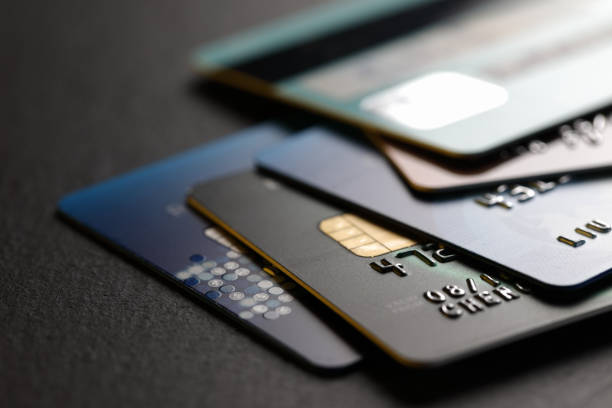
People trying to build credit will typically use a credit card to prove that they are a good credit risk. They may sign up for co-signers or secure cards. However, a credit card can be a long-term commitment that could lead to debt that may take years to repay. Credit card debt can be a dangerous way to build credit.
What can consumers do to build credit without using credit cards? There are many options available for building credit without a credit card:
Make all your loan payments on time.
To establish good credit, you must pay all your auto, mortgage, and student loans.
You can build credit if you have one of these types of loans. You prove by making timely payments each month that you are a responsible borrower. Your credit score will reflect this.
It is important to understand what this means for all the methods below. Credit bureaus must have at least six months of credit activity and no deceased indicators to give you a credit score.
This last part is simple–you must still be alive. Some consumers fail to grasp the second part. Unexperienced borrowers might believe that paying off an instalment loan quickly will show good repayment habits. But it is the exact opposite. You risk losing any credit history and positive points you may have built up if you repay an instalment loan in a shorter time than six months. This concept should not be confused with credit card usage. To build a credit history, you don’t need to carry revolving credit card balances. Use the account to pay it off each month. These transactions are sufficient to establish a credit history and prevent finance charges.
Keep your credit score active and repay a credit-builder loan on time.
Credit-builder loans
A credit-builder loan can be a small loan of around $1,000. The loan’s sole purpose is to prove that you can repay a debt. In most cases, you won’t get the money you borrowed. Instead, the financial institution will set aside the money, and you pay them back. You get the money once the loan has been fully repaid. This is a great way to build savings like an emergency fund. However, you will also be able to establish a good credit history if you pay all of your bills on time.
Some banks and credit unions may offer a small secured loan option as credit-builder loans. Not all financial institutions offer credit-builder loans. Many do not. You can get a credit-builder loan by checking with your local credit union, Community Development Financial Institution (CDFI), or other financial institutions.
Rent reporting
Reporting rent payments to credit bureaus is another growingly popular option. It has been a tradition that we do not get positive credit history if we make our rent payments on time each month. A growing trend in credit has led to services that can make a consumer’s rental payment history visible on their credit reports.
This method has a catch: your landlord might have to participate. Your landlord will need to report your rent payments to the service to be able to show your credit card reports. They can also use a payment service to report your rental payment history automatically. Experian’s RentBureau makes finding a service that can manage rent payments and credit reporting easy for landlords.
You can also report your rent payments using other services, although they are usually charged a monthly fee. Rental Kharma and Rent Reporters are some of the most used rent reporting services. RentTrack is another popular option.
Financing Purchases with Installment Loans
This was a popular way for consumers to establish credit histories. Young people or married couples would purchase furniture or major appliances, such as a washer, dryer, or refrigerator. To finance the purchase, they would get an instalment loan from a seller and establish their ability to repay debts.
Most retailers that sell appliances and furniture will offer an affinity credit card rather than an instalment loan. If you find a retailer that offers loans to finance larger purchases, you may still be able to use this option to build credit.
Peer Lending
This type of loan is called P2P (peer-to-peer) lending or crowdlending. It’s a loan made to and from individuals via an online service. The borrower creates the profile on a website. It explains how much they need and what they are using it for. Lenders review borrowers’ profiles and credit scores to decide who they will lend to via the service. Lenders will spread their money across many loans so that the borrower can get their funding.
All payments and credit reporting are handled online by the service. The largest peer-to-peer lenders in America today are Lending Club and Prosper.
Alternate credit
The lending industry is developing alternative credit solutions because many consumers don’t have enough credit history to qualify for credit cards. Alternative credit is used to assess the creditworthiness and creditworthiness of borrowers by using information such as utility payments or cell phone plans. When consumers can pay their regular bills on time, it should be a positive sign that they can borrow money from a financial institution.
Although there are consumer-focused alternatives to credit products such as PRBC, your lenders will be the ones who take advantage of this credit for you to get loans or other credit products. Financial institutions can already use services like FICOXD or CoreLogic Credco to make decisions about credit and lending.
